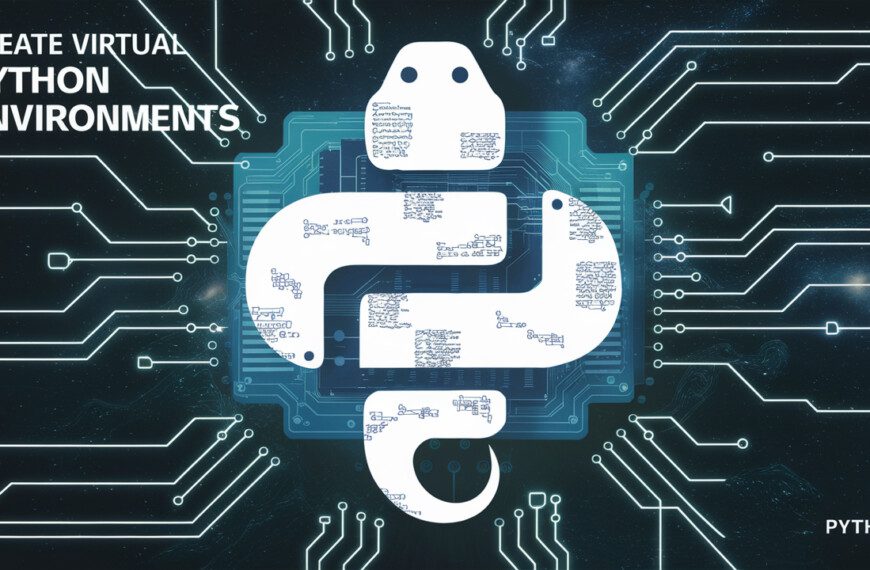In the fast-evolving landscape of blockchain technology, interoperability has emerged as a crucial aspect for the success and growth of decentralized ecosystems. With the proliferation of diverse blockchain networks, the need to enable seamless interaction between these networks has become increasingly apparent. Enter Substrate—the groundbreaking blockchain framework that serves as a catalyst for interoperability, facilitating cross-chain composability and bridging the gap between disparate blockchain platforms.
Understanding Interoperability
Interoperability in blockchain refers to the ability of different blockchain networks to communicate and interact with each other seamlessly. Traditionally, blockchain networks have operated in isolation, with limited means of interoperability between them. However, as the blockchain ecosystem continues to expand, the importance of interoperability has become paramount for realizing the full potential of decentralized applications (dApps) and services.
The Role of Substrate in Interoperability
Substrate, developed by the team behind Polkadot, is at the forefront of enabling interoperability between blockchain networks. With its modular architecture and extensible design, Substrate provides developers with the tools and capabilities to create interoperable blockchains that can communicate and transact with other networks.
Cross-Chain Composability
One of the key features of Substrate is its support for cross-chain composability—a concept that allows assets and data to move seamlessly between different blockchain networks. With Substrate, developers can create parachains (parallel blockchains) that are interoperable with other parachains within the Polkadot ecosystem. This enables assets and data to be transferred between parachains, unlocking new possibilities for decentralized finance (DeFi), gaming, supply chain management, and more.
Benefits of Interoperability
The benefits of interoperability facilitated by Substrate are manifold and extend to the wider blockchain ecosystem:
- Enhanced Liquidity: Interoperable blockchains enable the seamless transfer of assets across different networks, increasing liquidity and facilitating efficient trading and exchange.
- Improved Scalability: By leveraging interoperability, blockchain networks can offload transactions and computational tasks to other networks, thereby improving scalability and reducing congestion.
- Expanded Use Cases: Interoperability opens up a myriad of new use cases and applications by allowing dApps to leverage the capabilities of multiple blockchains simultaneously. This fosters innovation and creativity within the blockchain ecosystem.
- Increased Security: Cross-chain interoperability enhances the security of blockchain networks by enabling them to share security resources and collaborate on consensus mechanisms. This mitigates the risk of single points of failure and enhances the overall resilience of the ecosystem.
Realizing the Vision of Web3
Interoperability is fundamental to realizing the vision of Web3—a decentralized and interconnected web where users have control over their data and digital assets. With Substrate’s interoperability features, developers can build interconnected ecosystems of decentralized applications that seamlessly interact with each other, paving the way for a more inclusive, efficient, and decentralized future.
In conclusion, Substrate serves as a powerful enabler of interoperability in the blockchain ecosystem, facilitating cross-chain composability and bridging the gap between disparate blockchain platforms. With its modular architecture and comprehensive tooling, Substrate empowers developers to create interoperable blockchains that unlock new possibilities for innovation and collaboration. As the blockchain ecosystem continues to evolve, interoperability will play an increasingly pivotal role, and Substrate stands poised to lead the way towards a more interconnected and decentralized future.










